After Article 370, giving special status to J&K was revoked in August 2019, the Modi government intensified its crackdown on militants and separatist activities in Kashmir Valley.
It was a violent period in Jammu and Kashmir (J&K). June 9 to June 12 saw militants launching four attacks in the Jammu region, under the Union Territory—three of them occurring within 24 hours. A fifth took place in Bandipora, in the Kashmir region, on June 17.
The series of attacks started in the Reasi district on June 9, when terrorists fired at a bus carrying Hindu pilgrims to the Vaishno Devi shrine. The driver lost control, and the vehicle swerved off the road and fell into a ditch. Nine people died and 33 were injured. The Reasi attack around 6:15 pm came less than an hour before Prime Minister Narendra Modi was sworn in for his third consecutive term in New Delhi.
Three more attacks followed in quick succession on June 11-12—one of them in a village in Kathua, near the Indo-Pak border. In the gunfight that followed, a CRPF officer was martyred and two militants were killed. Two separate attacks occurred at checkpoints in Gandoh and Chattergala, in Doda district, injuring seven security personnel. According to The Diplomat, the attacks in Jammu, particularly the one in Reasi, have raised serious concerns within India’s security establishment.
After Article 370, giving special status to J&K was revoked in August 2019, the Modi government intensified its crackdown on militants and separatist activities in Kashmir Valley. Intensified counter-insurgency operations in Kashmir forced militants to relocate their activities to the Jammu region to avoid the heightened crackdown. The Diplomat says Jammu, which had been largely free of militancy for the past 15 years, began seeing militant attacks from 2021 onwards.
The first signs of militants shifting to Jammu appeared in February 2021, when J&K police seized 15 sticky bombs—otherwise called magnetic IEDs—in Samba district near the international border. On June 27 of that year, low-flying drones dropped IEDs on the Jammu Air Force station, marking the first time that militants had used this tactic in India.
Several attacks followed over the years. Official figures show 29 terrorist-related incidents happened in the Jammu region since early 2021. Civilian casualties are also increasing. In the entire year 2023, there 12 civilians were killed. But, in the first six months of that year alone, the figure was already 17.
A June 2023 report in The Indian Express noted that, while Kashmir experienced “many more” terrorist incidents and civilian casualties, India’s security officials noted that the attacks in the Jammu region were “high-impact incidents causing the most damage”. The attacks in Jammu were also worrying since they could ignite communal riots.
In contrast to the Muslim-dominated Kashmir Valley (96.4%), Jammu has a more diverse population. Although Hindus make up 62.5% of the overall population in the region, the ratio of Hindus to Muslims differs from district to district. A terrorist attack aimed at civilians could trigger Hindu-Muslim tensions and violence. In fact, militants carrying out attacks in the Jammu region do aim to provoke communal tensions very often.
On August 14, 1993, terrorists attacked a civilian bus in Kishtwar. They identified the Hindu passengers and shot 17 of them dead. The Kishtwar attack was the first of several massacres of Hindus in Jammu and led to Hindu-Muslim clashes. The situation was so tense that the authorities had to deploy troops and enforce a curfew to calm tensions.
In 1998, 26 Hindus were beheaded in the villages of Prankote and Dakikote, which were then in Udhampur district and are now part of the Reasi district.
Terrorists have also attacked Hindu temples in the Jammu region. Suicide-bombers targeted the Raghunath Temple in Jammu city twice in 2002—once in February, and again in November. More than 26 devouts were killed and many others were injured in these attacks.
In May 2022, a bus returning from the Vaishno Devi shrine caught fire near Katra, in Reasi district, killing four Hindu pilgrims and injuring over two dozen. At first, the incident was thought to be an accident. However, investigators later discovered that militants had placed a sticky bomb on the bus’s fuel tank.
The latest attack on a bus full of passengers in Reasi rings alarm bells for several reasons:
First, it shows that the terrorists are expanding their operations in the Jammu region. Most attacks in the Jammu region after 2021 occurred in Rajouri and Poonch districts, which are near the line of control (LoC). Could the recent attacks in Reasi and Doda indicate that militancy is spreading back into Jammu’s interior districts?
Even more distressing is that a bus carrying Hindu pilgrims was targeted! This surely is a cause for alarm since it has the potential to ignite communal violence. Additionally, the attack occurred just weeks before the start of the Amarnath Yatra, an annual pilgrimage where hundreds of thousands of Hindus travel to a cave temple high in the Himalayas. The Amarnath Yatra is set to begin on June 29 and end on August 19.
Organizing logistics and security for the Amarnath Yatra is challenging even under the best of conditions due to the huge number of pilgrims, the difficult terrain, and unpredictable weather. This task has become even more difficult in recent decades as the terrorists have begun targeting pilgrims. On July 10, 2017, seven pilgrims bound for the Amarnath Yatra were killed by terrorists and 30 injured. Security officials are now worried that the terrorists may target the forthcoming Amarnath Yatra.
Importantly, J&K will soon hold Assembly elections. These elections are a crucial step towards restoring normality in the troubled region. The last Assembly elections in J&K were held in 2014, back when it was still a state. Since 2018, the region has not had an elected government because New Delhi has been delaying the assembly elections. In 2023, India’s highest court ordered the Election Commission to hold the J&K Assembly elections before September 30, 2024.
Fearing an electoral defeat, the BJP did not field candidates from Kashmir Valley in the parliamentary elections held in April-May. The candidates thought to be its “proxies” were defeated. Although the BJP performed well in the Jammu region during the General Elections, it could face a strong challenge from the INDI alliance in the forthcoming Assembly elections. In the Kashmir region, voters are likely to reject the BJP and its allies, or proxies, yet again.
More terrorist attacks in J&K in the coming months could hinder the election process. This could provide the Modi government with a convenient reason to delay the Assembly elections once again.
(The author of this article is a Defence, Aerospace & Political Analyst based in Bengaluru. He is also the Director of ADD Engineering Components, India, Pvt. Ltd, a subsidiary of ADD Engineering GmbH, Germany. You can reach him at: girishlinganna@gmail.com)
READ | NCP (SP) chief Sharad Pawar hints at seeking larger seat share in upcoming Maharashtra assembly polls
![submenu-img]() Maa Kali teaser: Raima Sen, Abhishek Singh film narrates 'horrifying' Direct Action Day during British Raj Bengal
Maa Kali teaser: Raima Sen, Abhishek Singh film narrates 'horrifying' Direct Action Day during British Raj Bengal ![submenu-img]() Watch: Rohit Sharma, Virat Kohli lift T20 World Cup trophy together during Team India's victory parade in Mumbai
Watch: Rohit Sharma, Virat Kohli lift T20 World Cup trophy together during Team India's victory parade in Mumbai![submenu-img]() Meet Indian genius, who worked on NASA's Rs 73700 crore project, married to a scientist, she is...
Meet Indian genius, who worked on NASA's Rs 73700 crore project, married to a scientist, she is...![submenu-img]() Watch: Fan climbs tree to watch Team India's victory parade up close, video goes viral
Watch: Fan climbs tree to watch Team India's victory parade up close, video goes viral![submenu-img]() Hathras stampede: Congress MP Rahul Gandhi to meet victims of incident tomorrow
Hathras stampede: Congress MP Rahul Gandhi to meet victims of incident tomorrow![submenu-img]() Meet Indian genius, who worked on NASA's Rs 73700 crore project, married to a scientist, she is...
Meet Indian genius, who worked on NASA's Rs 73700 crore project, married to a scientist, she is...![submenu-img]() Meet woman, civil servant for 30 years, now becomes first female chief secretary of...
Meet woman, civil servant for 30 years, now becomes first female chief secretary of...![submenu-img]() Meet Indian genius, a celebrated physicist, who was denied Nobel Prize in 2005, converted to Hinduism because..
Meet Indian genius, a celebrated physicist, who was denied Nobel Prize in 2005, converted to Hinduism because..![submenu-img]() Meet Indian genius who passed classes 8-12 in 9 months, became one of India's youngest engineer at 15, joined IIT for...
Meet Indian genius who passed classes 8-12 in 9 months, became one of India's youngest engineer at 15, joined IIT for...![submenu-img]() Meet Indian genius, who began career as assistant, later led key NASA mission, works as...
Meet Indian genius, who began career as assistant, later led key NASA mission, works as...![submenu-img]() Godman Bhole Baba's Lawyers Deny ‘Charan Raj��’ Claim, Says Anti-Social Elements Behind Stampede
Godman Bhole Baba's Lawyers Deny ‘Charan Raj��’ Claim, Says Anti-Social Elements Behind Stampede![submenu-img]() Meet Rishi Shah, The Indian-American Sentenced To 7.5 Years In Prison For $1 Billion Fraud Scheme
Meet Rishi Shah, The Indian-American Sentenced To 7.5 Years In Prison For $1 Billion Fraud Scheme![submenu-img]() Severe Turbulence On Spanish Flight Injures 30, Video Of Man Thrown Into Overhead Bin Goes Viral
Severe Turbulence On Spanish Flight Injures 30, Video Of Man Thrown Into Overhead Bin Goes Viral![submenu-img]() Haryana: Goods Train To Amritsar Derailed In Karnal, Containers Fall Off, Rail Traffic Disrupted
Haryana: Goods Train To Amritsar Derailed In Karnal, Containers Fall Off, Rail Traffic Disrupted![submenu-img]() 'Played With Religious Sentiments': Chirag Paswan Slams Rahul Gandhi Over His Remarks In Parliament
'Played With Religious Sentiments': Chirag Paswan Slams Rahul Gandhi Over His Remarks In Parliament![submenu-img]() DNA Verified: Did Kangana Ranaut party with gangster Abu Salem? Actress reveals who's with her in viral photo
DNA Verified: Did Kangana Ranaut party with gangster Abu Salem? Actress reveals who's with her in viral photo![submenu-img]() DNA Verified: New Delhi Railway Station to be closed for 4 years? Know the truth here
DNA Verified: New Delhi Railway Station to be closed for 4 years? Know the truth here![submenu-img]() DNA Verified: Did RSS chief Mohan Bhagwat praise Congress during Lok Sabha Elections 2024? Know the truth here
DNA Verified: Did RSS chief Mohan Bhagwat praise Congress during Lok Sabha Elections 2024? Know the truth here![submenu-img]() DNA Verified: Is CAA an anti-Muslim law? Centre terms news report as 'misleading'
DNA Verified: Is CAA an anti-Muslim law? Centre terms news report as 'misleading'![submenu-img]() DNA Verified: Lok Sabha Elections 2024 to be held on April 19? Know truth behind viral message
DNA Verified: Lok Sabha Elections 2024 to be held on April 19? Know truth behind viral message![submenu-img]() 5 warm moments Ranveer Singh shared with fans that show why he is their favourite
5 warm moments Ranveer Singh shared with fans that show why he is their favourite![submenu-img]() In pics: Richa Chadha cheers for Ali Fazal, Isha Talwar, Vijay Varma, Shweta Tripathi pose at Mirzapur 3 screening
In pics: Richa Chadha cheers for Ali Fazal, Isha Talwar, Vijay Varma, Shweta Tripathi pose at Mirzapur 3 screening![submenu-img]() Meet Mickey Dhamejani, Jr Hrithik Roshan from Krrish, former child actor who quit films, is now...
Meet Mickey Dhamejani, Jr Hrithik Roshan from Krrish, former child actor who quit films, is now...![submenu-img]() In pics: India beat South Africa by 7 runs to lift second T20 World Cup title
In pics: India beat South Africa by 7 runs to lift second T20 World Cup title![submenu-img]() Alia Bhatt mesmerises in gown, Ranbir Kapoor looks classy in tuxedo in latest romantic photos, fans say 'couple goals'
Alia Bhatt mesmerises in gown, Ranbir Kapoor looks classy in tuxedo in latest romantic photos, fans say 'couple goals'![submenu-img]() Hathras stampede: Congress MP Rahul Gandhi to meet victims of incident tomorrow
Hathras stampede: Congress MP Rahul Gandhi to meet victims of incident tomorrow![submenu-img]() Hathras stampede: Six sevadars including two women arrested by UP police, key accused still on run
Hathras stampede: Six sevadars including two women arrested by UP police, key accused still on run![submenu-img]() CST Advanced Systems revolutionizes tactical Operations
CST Advanced Systems revolutionizes tactical Operations![submenu-img]() 'We would all be...: ISRO chief issues eerie warning for humans and it's related to..
'We would all be...: ISRO chief issues eerie warning for humans and it's related to..![submenu-img]() This Pakistani leader was LK Advani's good friend, they both used to share letters in...
This Pakistani leader was LK Advani's good friend, they both used to share letters in...![submenu-img]() Lok Sabha Speaker's Election: What does the Constitution say?
Lok Sabha Speaker's Election: What does the Constitution say?![submenu-img]() Explained: Why is Kerala demanding to change its name to Keralam?
Explained: Why is Kerala demanding to change its name to Keralam?![submenu-img]() DNA Explainer: What is Kafala system that is prevalent in gulf countries? Why is it considered extremely brutal?
DNA Explainer: What is Kafala system that is prevalent in gulf countries? Why is it considered extremely brutal? ![submenu-img]() Lok Sabha Elections 2024: What are exit polls? When and how are they conducted?
Lok Sabha Elections 2024: What are exit polls? When and how are they conducted?![submenu-img]() DNA Explainer: Why was Iranian president Ebrahim Raisi seen as possible successor to Ayatollah Khamenei?
DNA Explainer: Why was Iranian president Ebrahim Raisi seen as possible successor to Ayatollah Khamenei?![submenu-img]() Maa Kali teaser: Raima Sen, Abhishek Singh film narrates 'horrifying' Direct Action Day during British Raj Bengal
Maa Kali teaser: Raima Sen, Abhishek Singh film narrates 'horrifying' Direct Action Day during British Raj Bengal ![submenu-img]() Kalki 2898 AD director Nag Ashwin reacts to audience reaction, reveals major details about Part Two: 'We shot about...'
Kalki 2898 AD director Nag Ashwin reacts to audience reaction, reveals major details about Part Two: 'We shot about...'![submenu-img]() This TV star to join Bigg Boss OTT 3 as wild card entry; it's not Shehzada Dhami, Bristi Samaddar, Rakhi Sawant
This TV star to join Bigg Boss OTT 3 as wild card entry; it's not Shehzada Dhami, Bristi Samaddar, Rakhi Sawant![submenu-img]() Auron Mein Kahan Dum Tha getting postponed is 'tough but good decision', exhibitors say 'we all know Munjya, Kalki...'
Auron Mein Kahan Dum Tha getting postponed is 'tough but good decision', exhibitors say 'we all know Munjya, Kalki...'![submenu-img]() Tahira Kashyap says husband Ayushmann Khurrana 'was not happy' with her books: 'He considers it blasphemous' | Exclusive
Tahira Kashyap says husband Ayushmann Khurrana 'was not happy' with her books: 'He considers it blasphemous' | Exclusive![submenu-img]() Mukesh Ambani's bahu Radhika Merchant dazzles in Durga shloka-inscribed lehenga for her 'mameru' ceremony, pics go viral
Mukesh Ambani's bahu Radhika Merchant dazzles in Durga shloka-inscribed lehenga for her 'mameru' ceremony, pics go viral![submenu-img]() Virat Kohli meets brother Vikas, family at Delhi hotel after returning from Barbados, see pics
Virat Kohli meets brother Vikas, family at Delhi hotel after returning from Barbados, see pics![submenu-img]() Viral video: AIIMS doctor grooves to ‘Tip Tip Barsa Paani’, sets internet on fire; watch
Viral video: AIIMS doctor grooves to ‘Tip Tip Barsa Paani’, sets internet on fire; watch![submenu-img]() Inside details of functions organised by Mukesh Ambani, Nita Ambani for Anant Ambani, Radhika Merchant's grand wedding
Inside details of functions organised by Mukesh Ambani, Nita Ambani for Anant Ambani, Radhika Merchant's grand wedding![submenu-img]() Mukesh Ambani, Nita Ambani's daughter Isha Ambani owns diamonds worth crores but her most prized jewellery is..
Mukesh Ambani, Nita Ambani's daughter Isha Ambani owns diamonds worth crores but her most prized jewellery is..




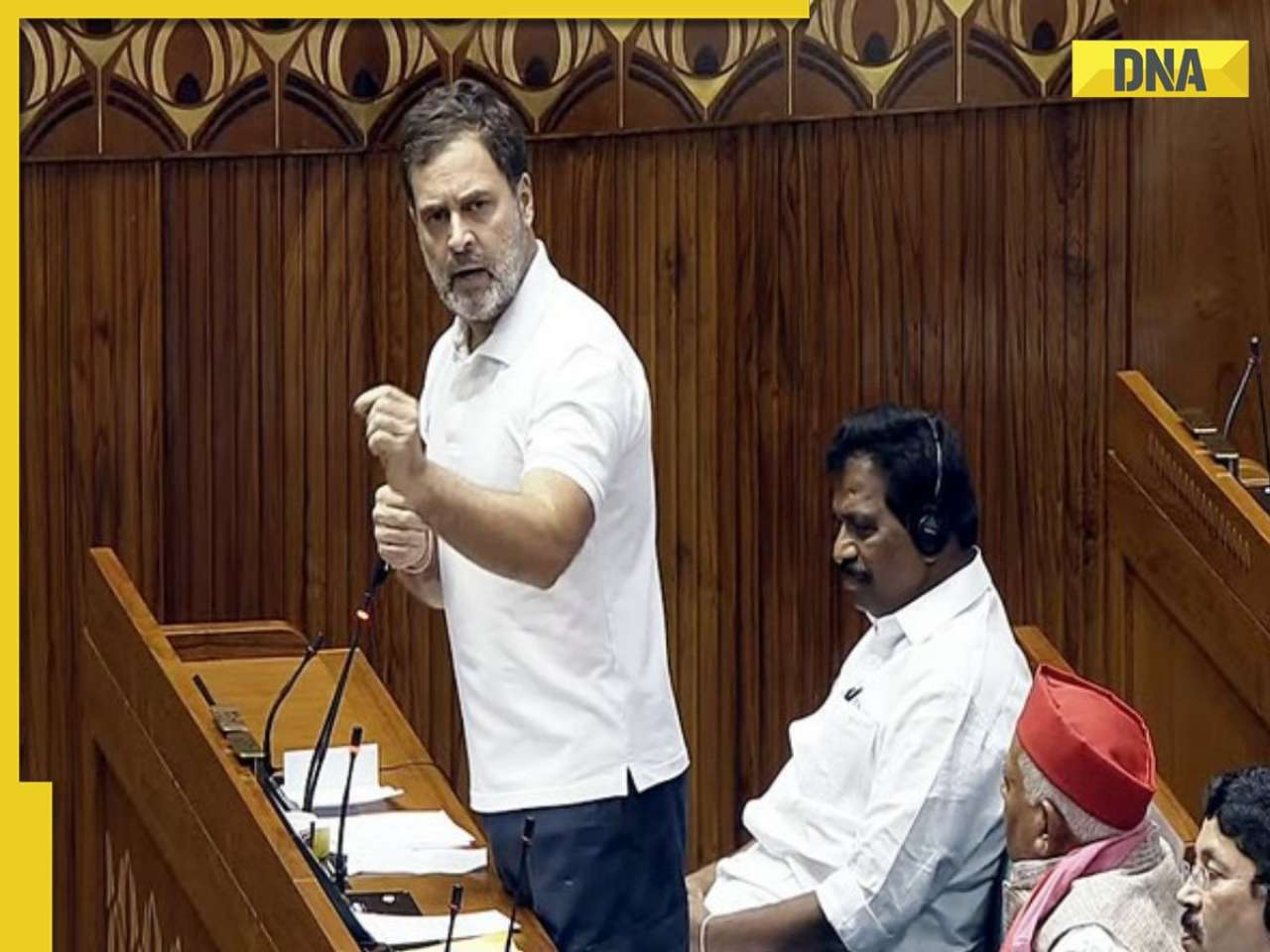





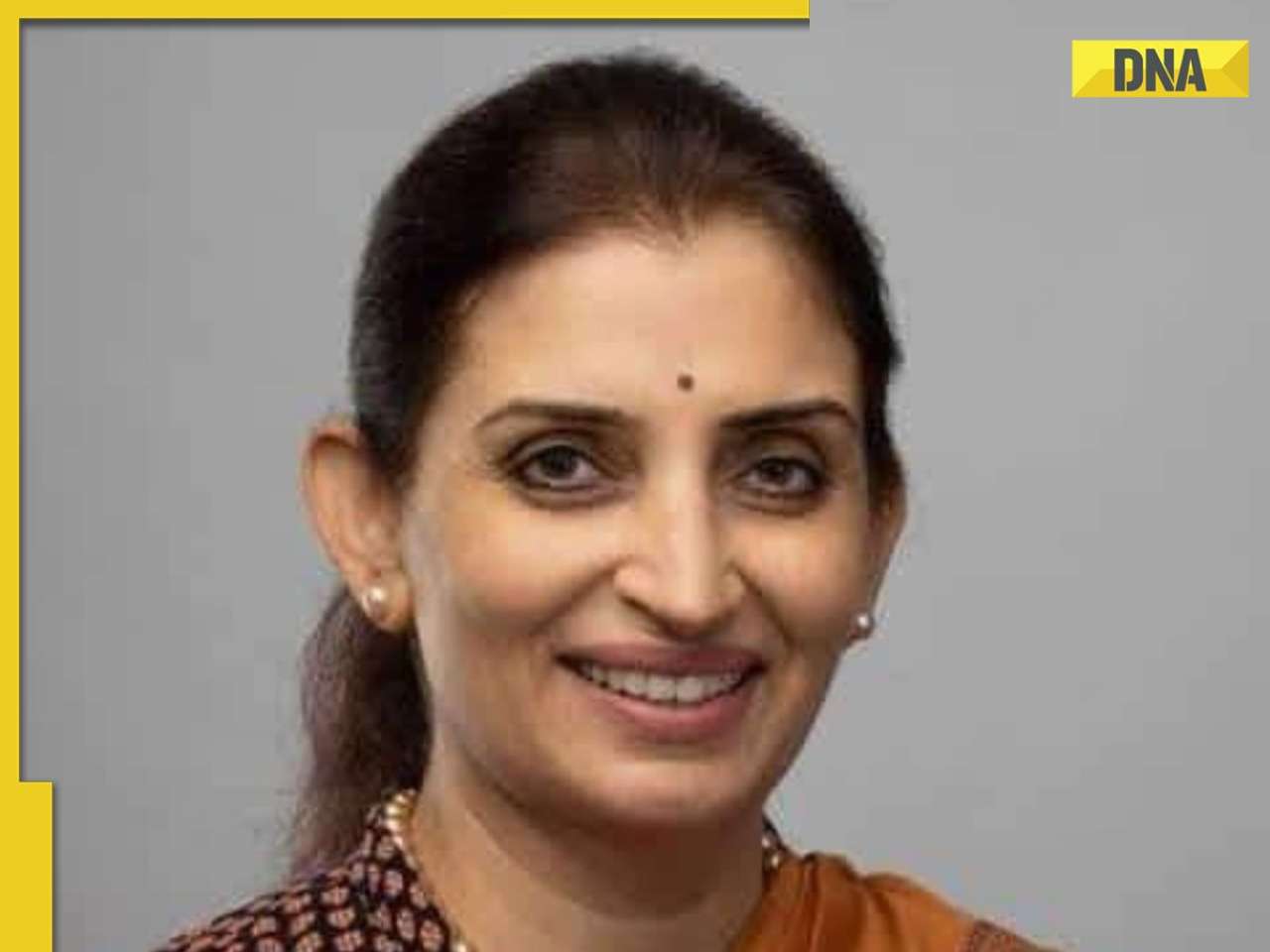
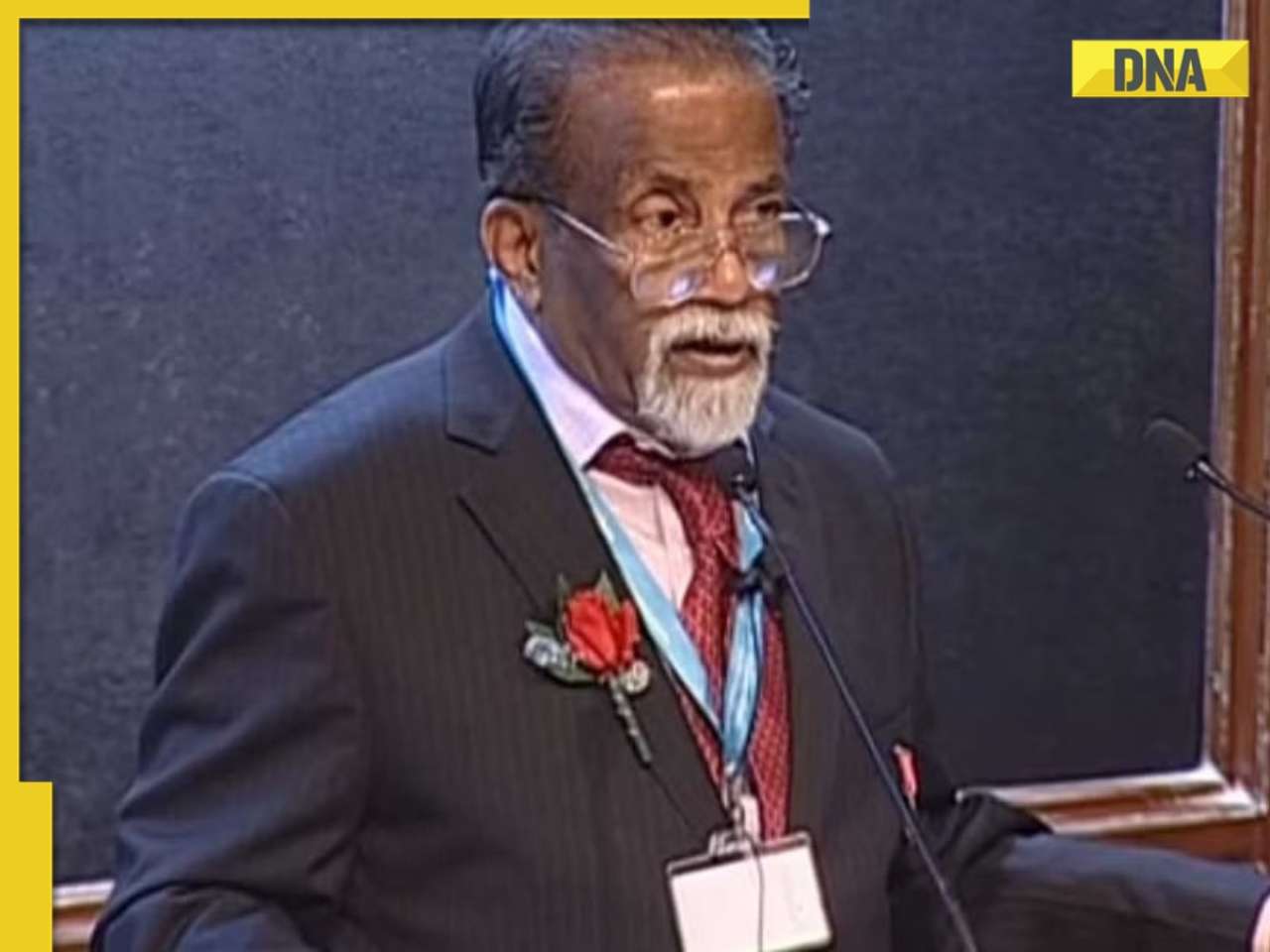

















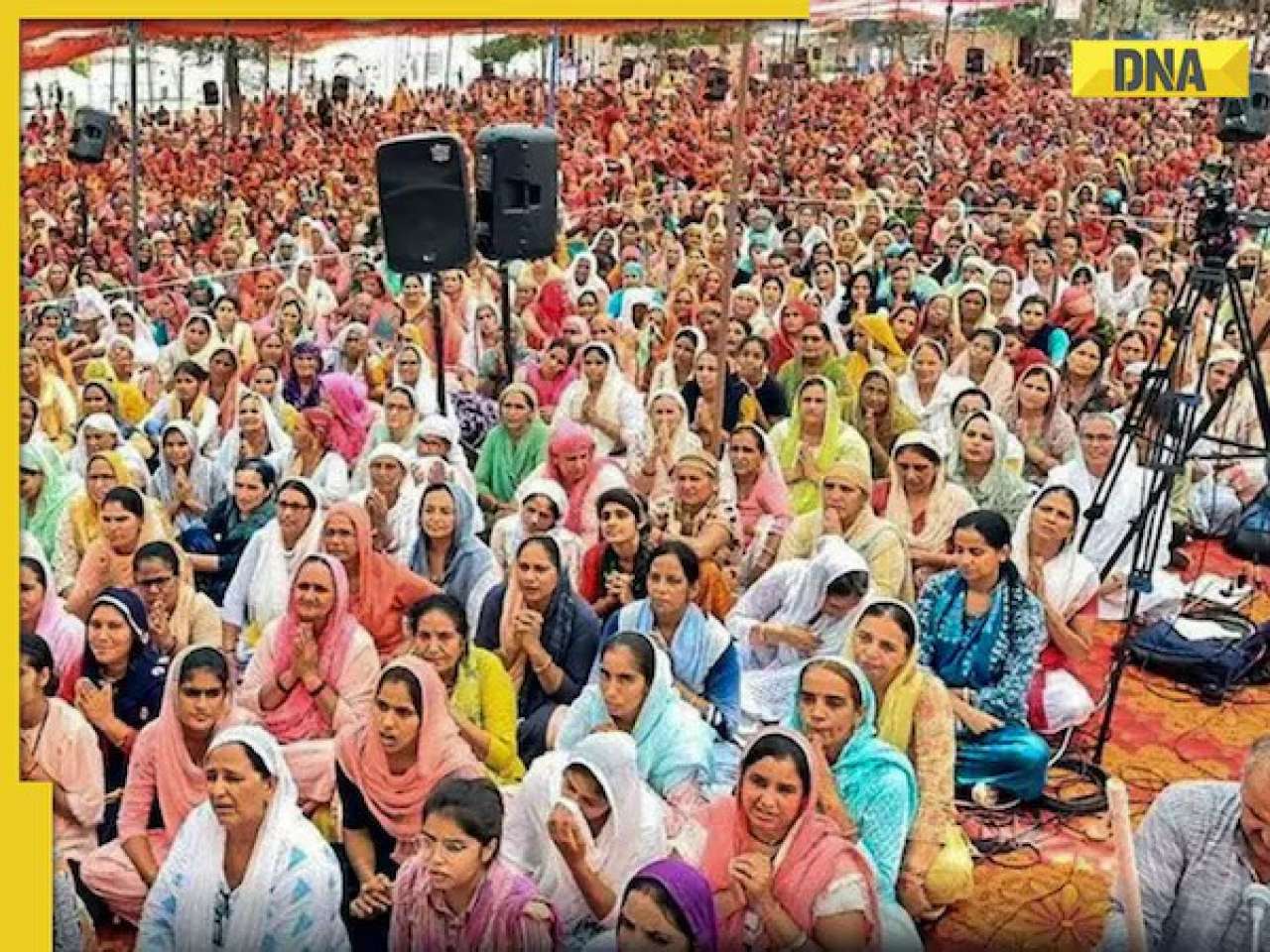


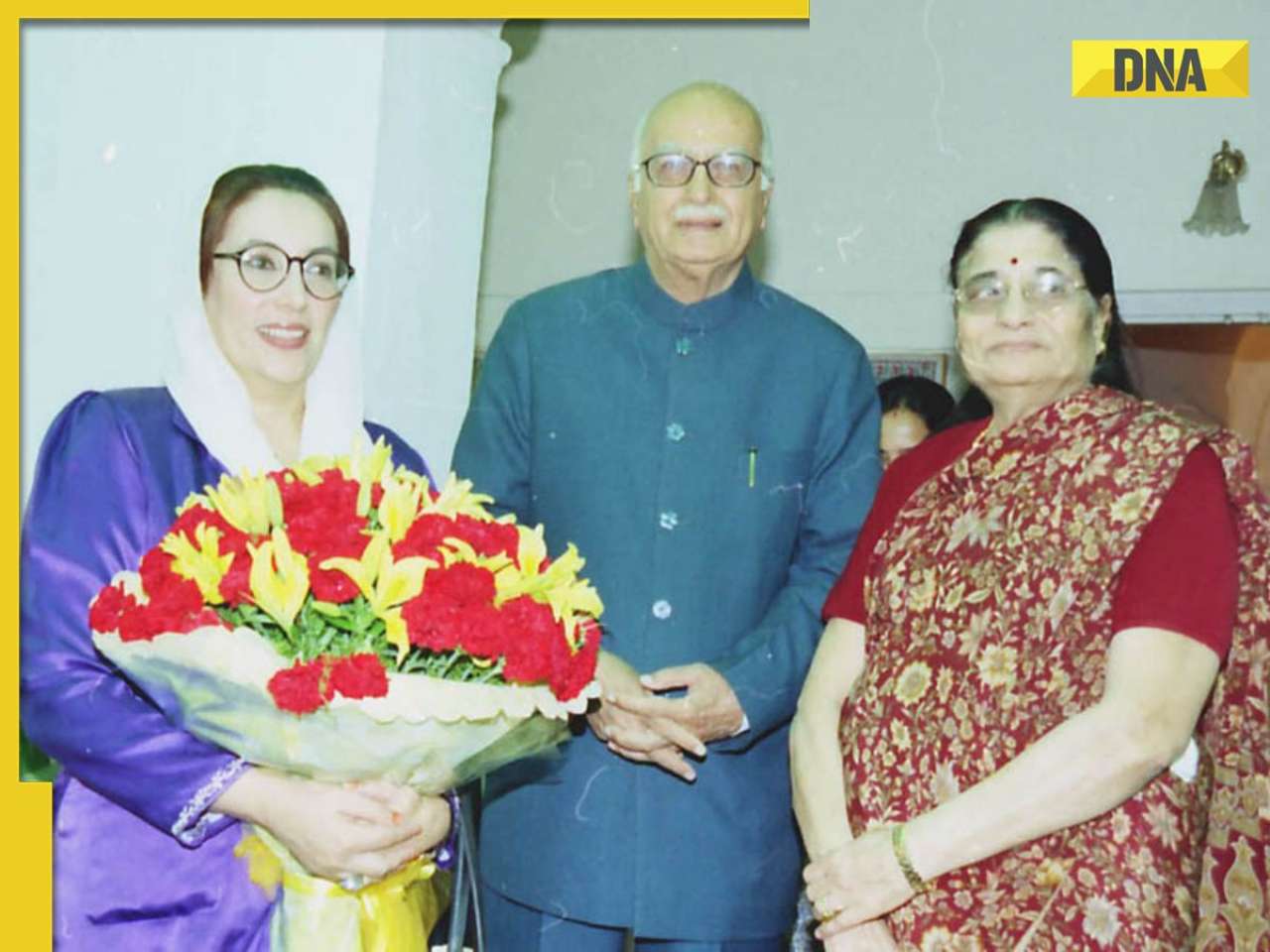


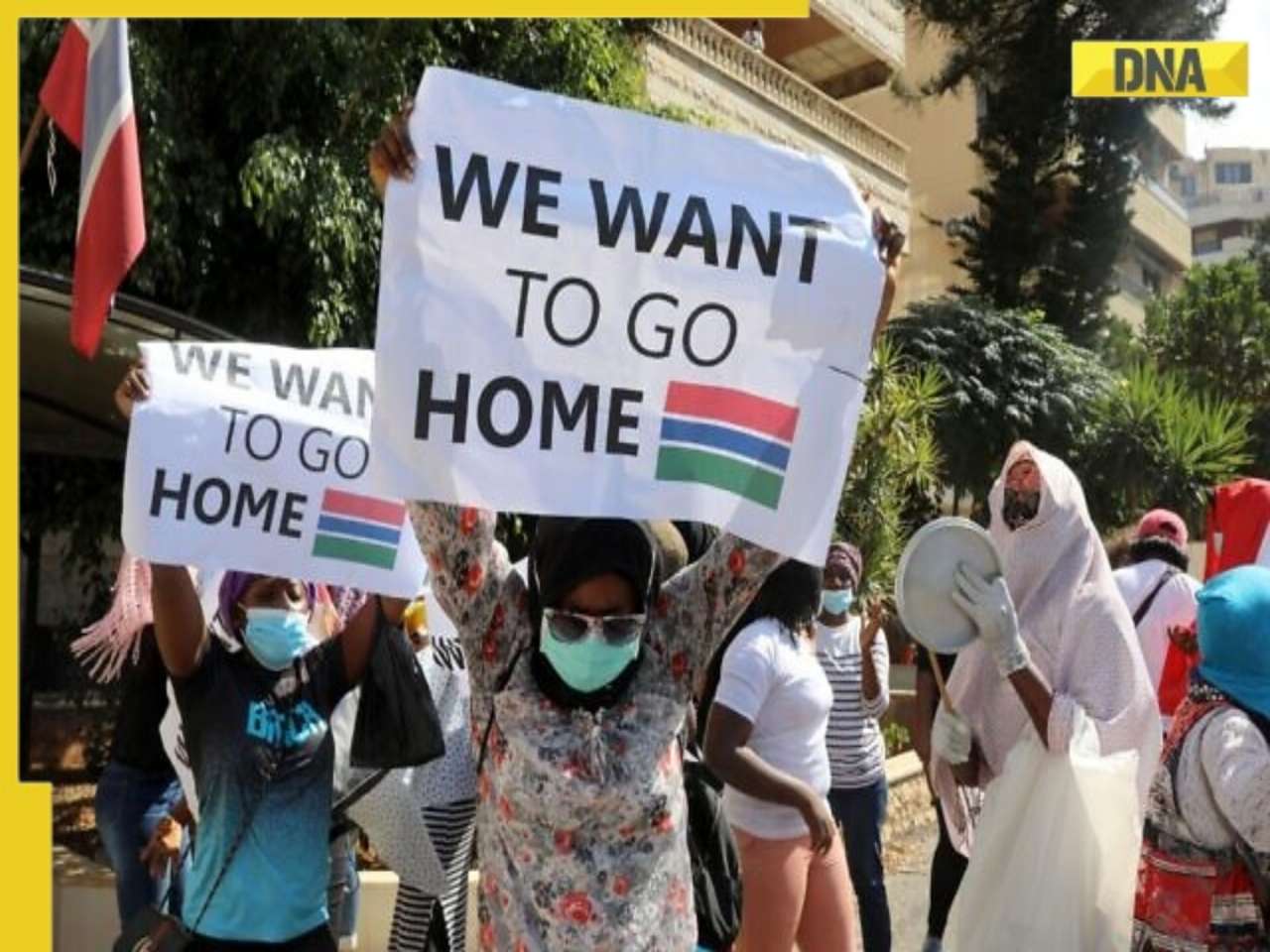
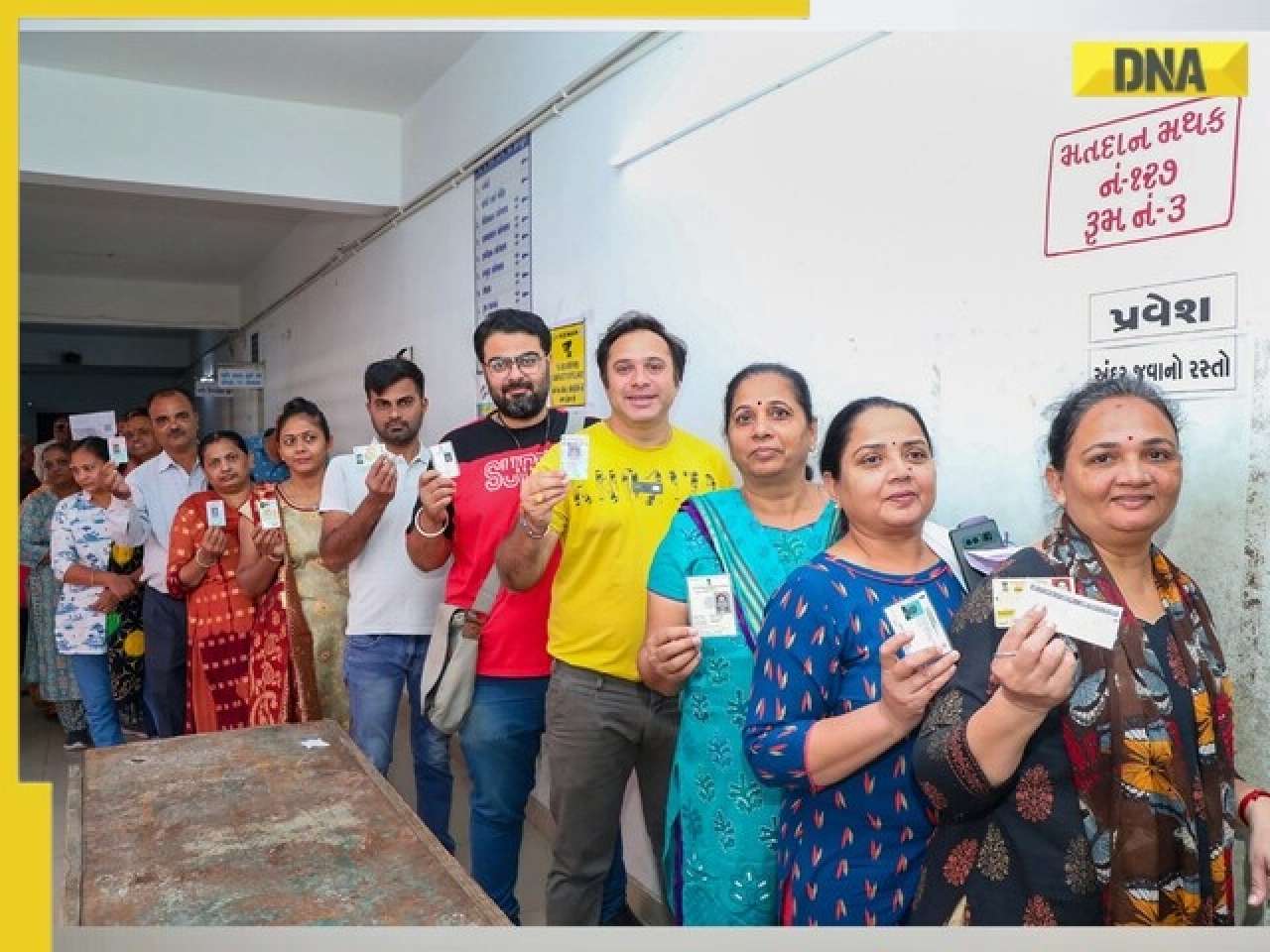


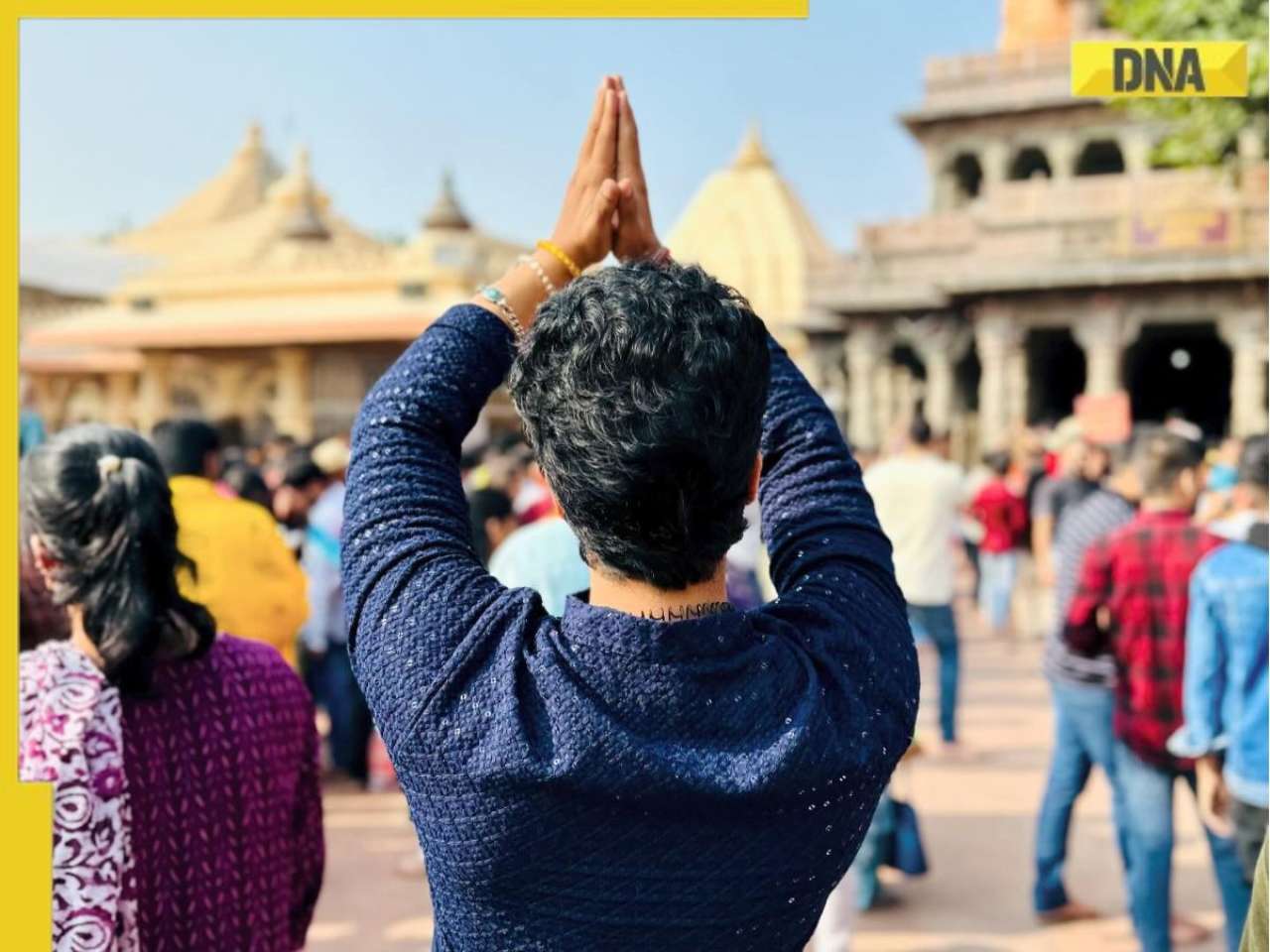








)
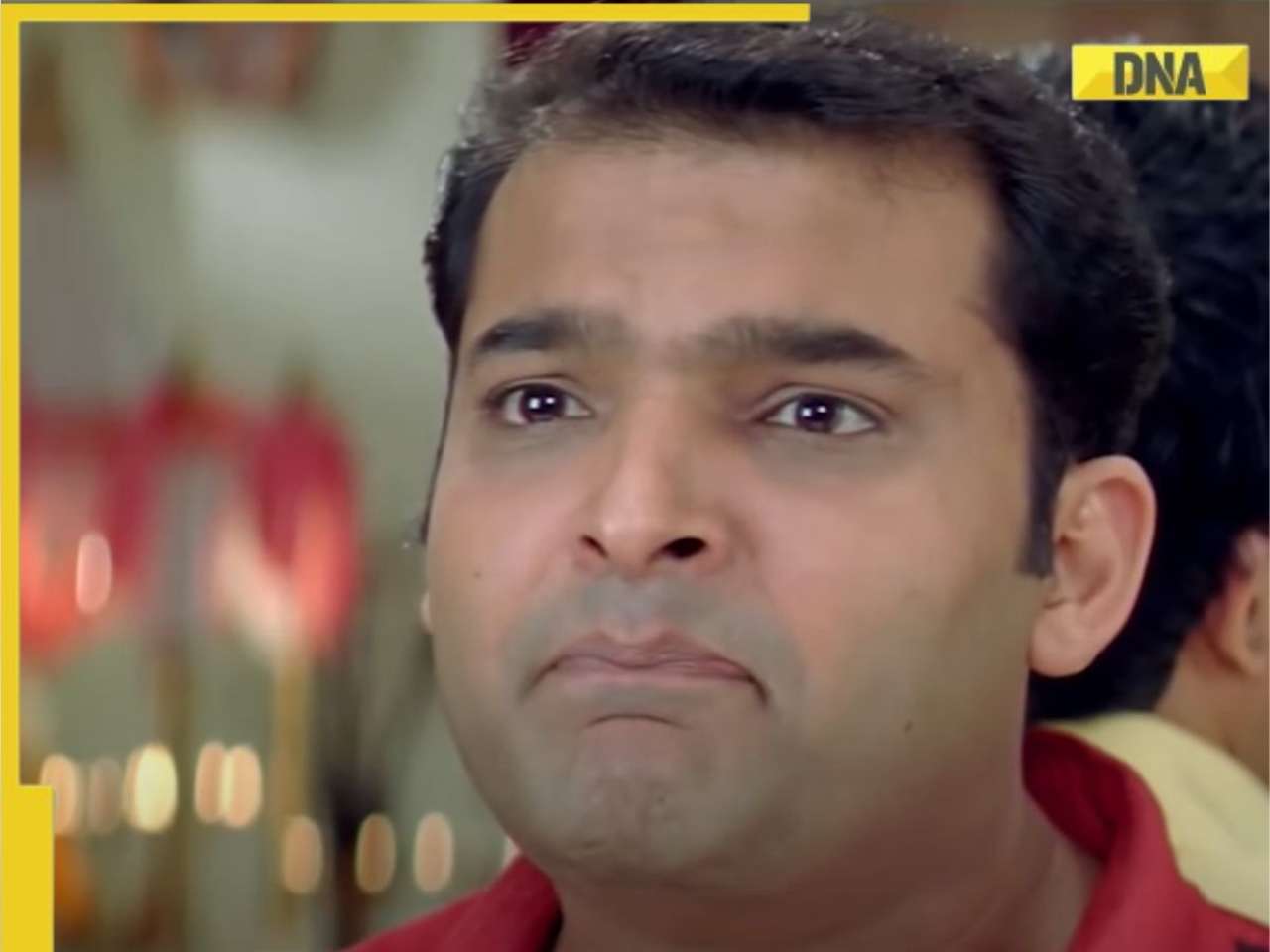

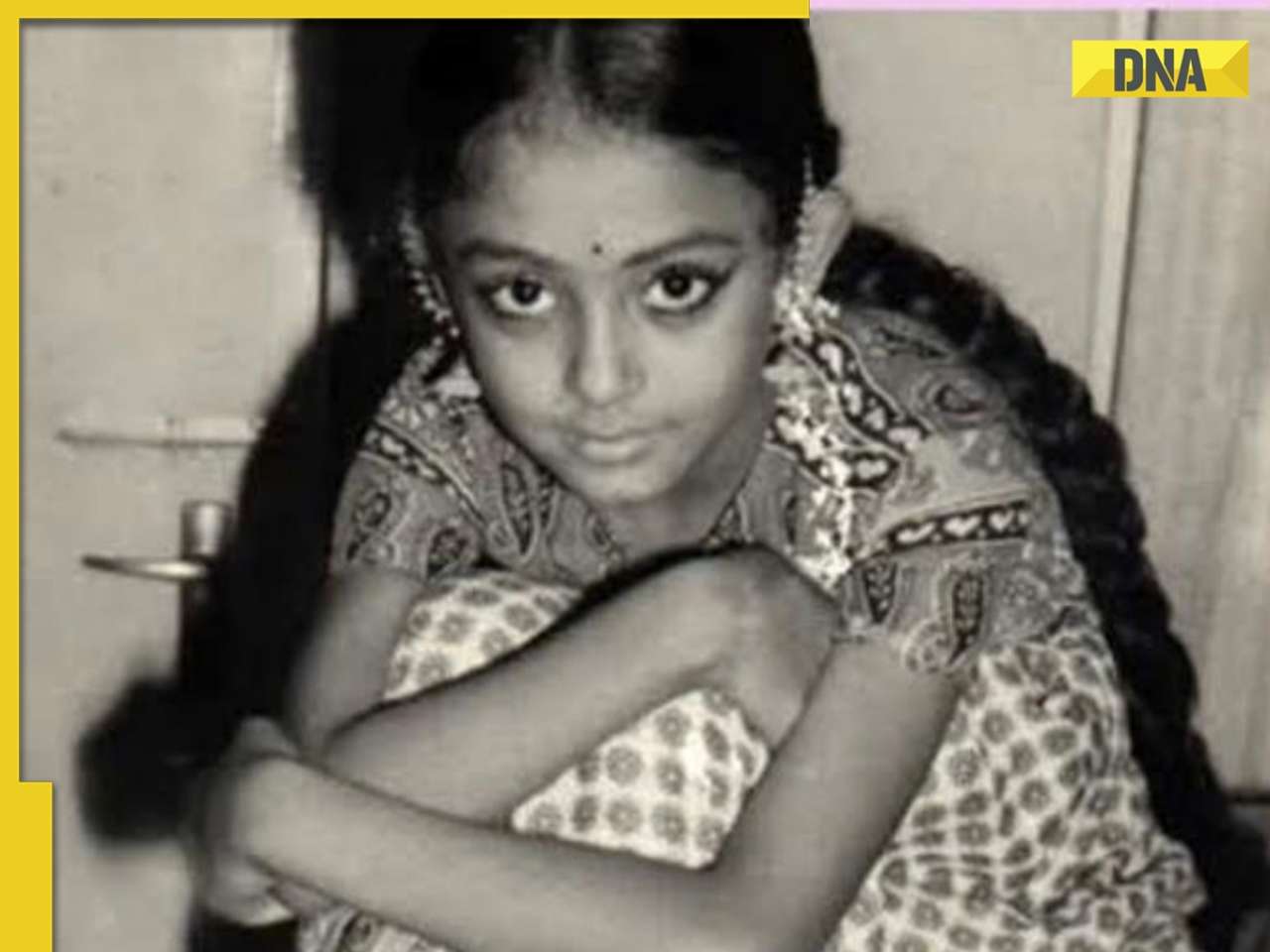







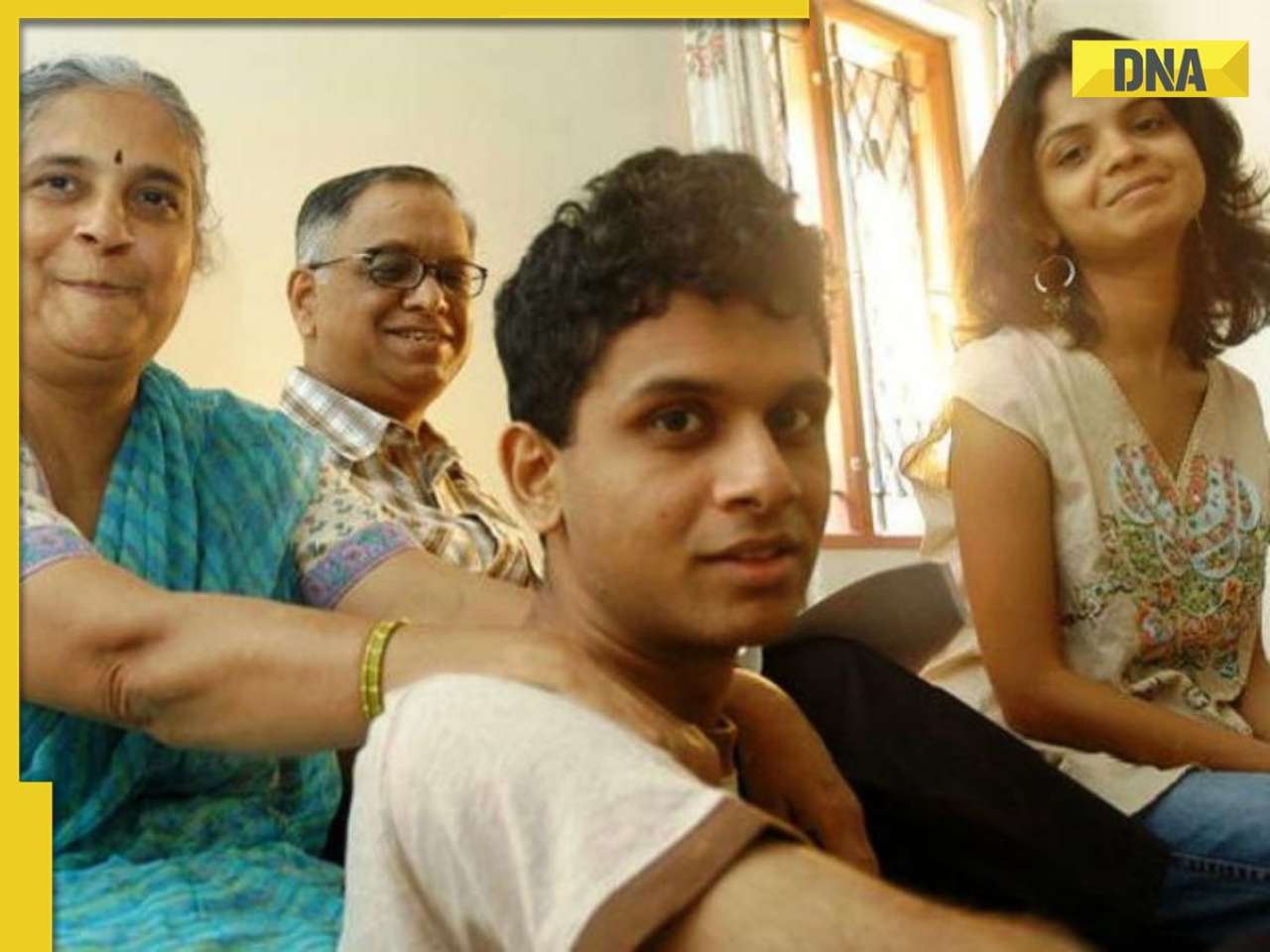
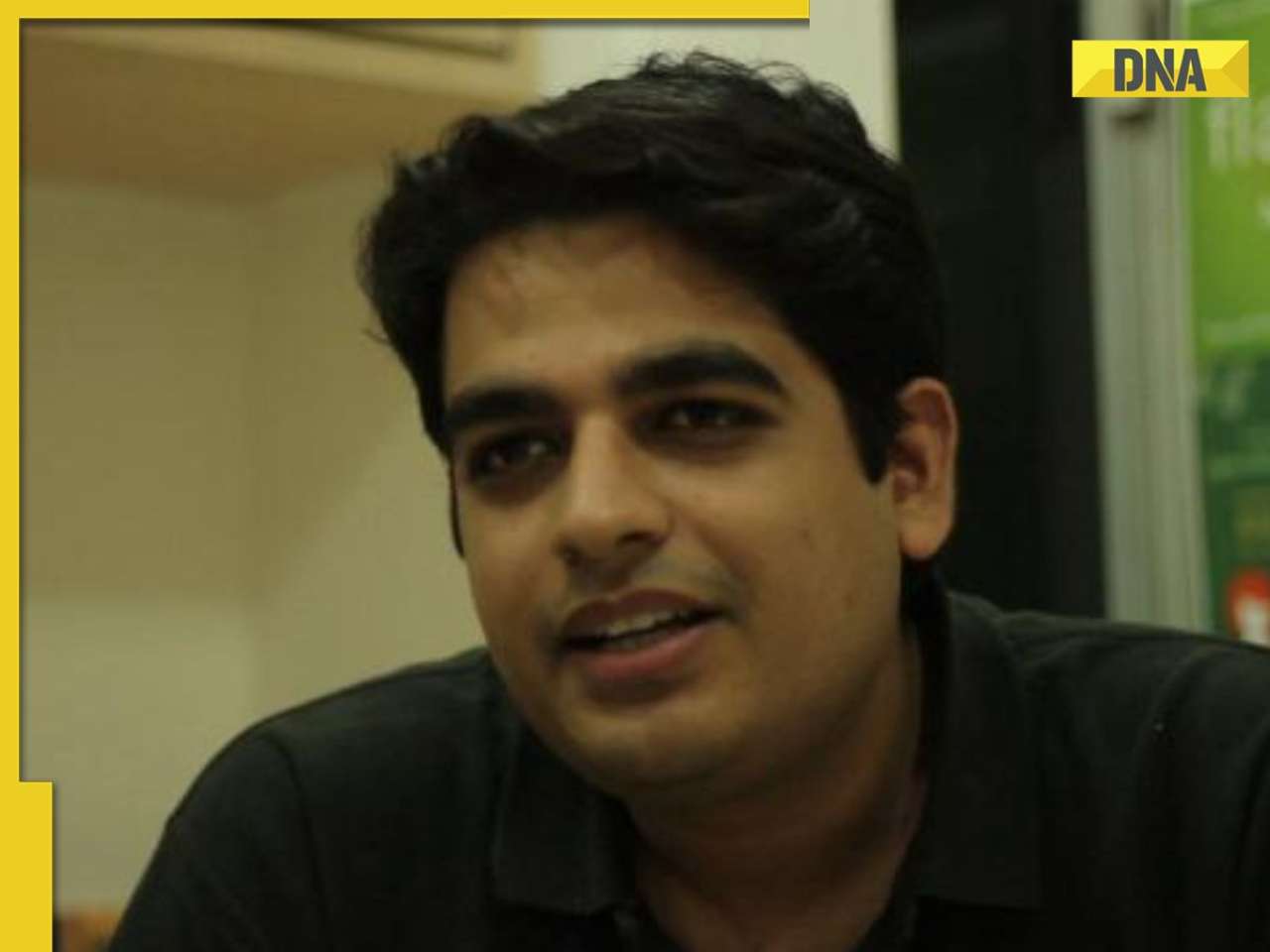
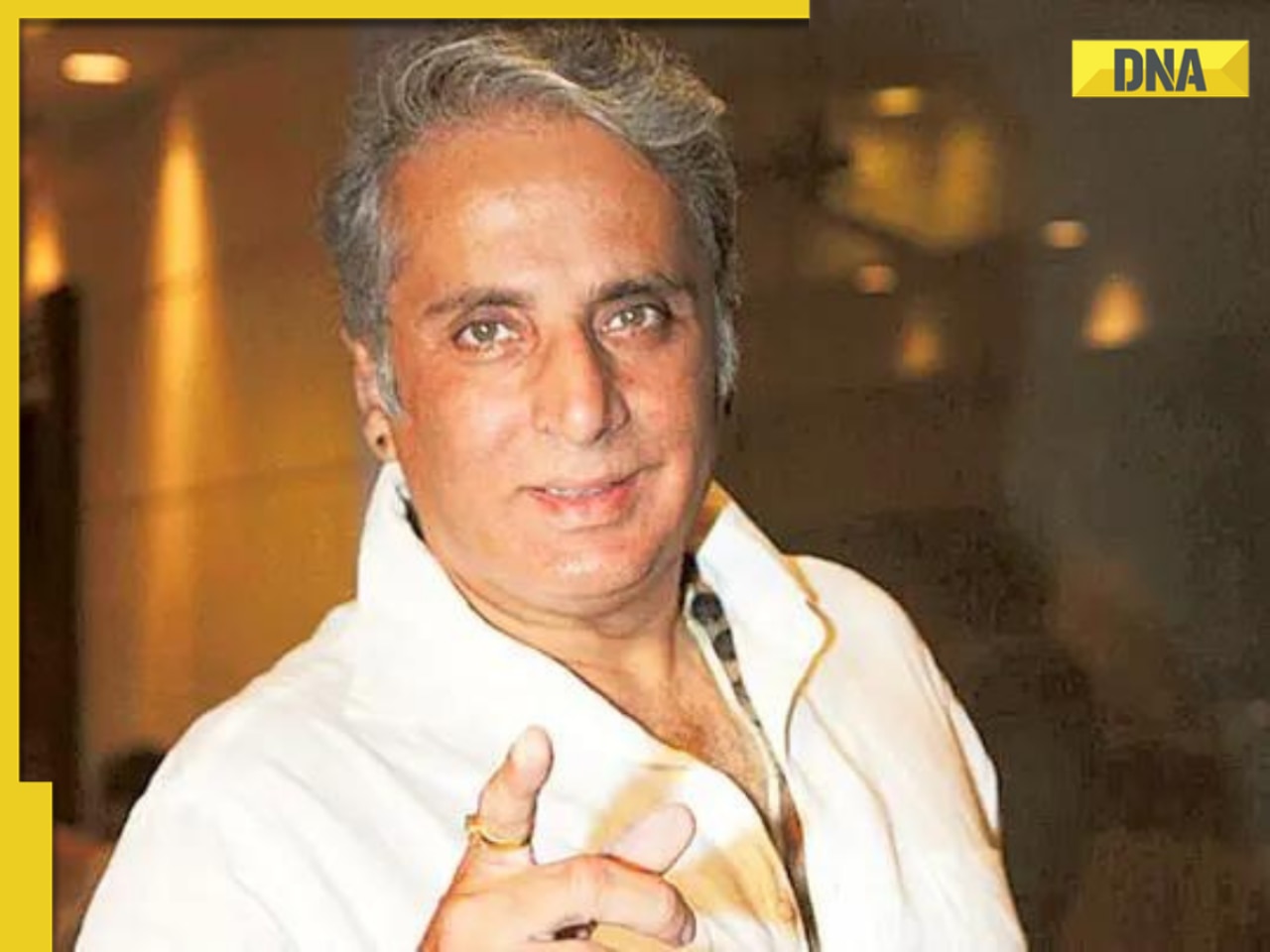




)
)
)
)
)
)